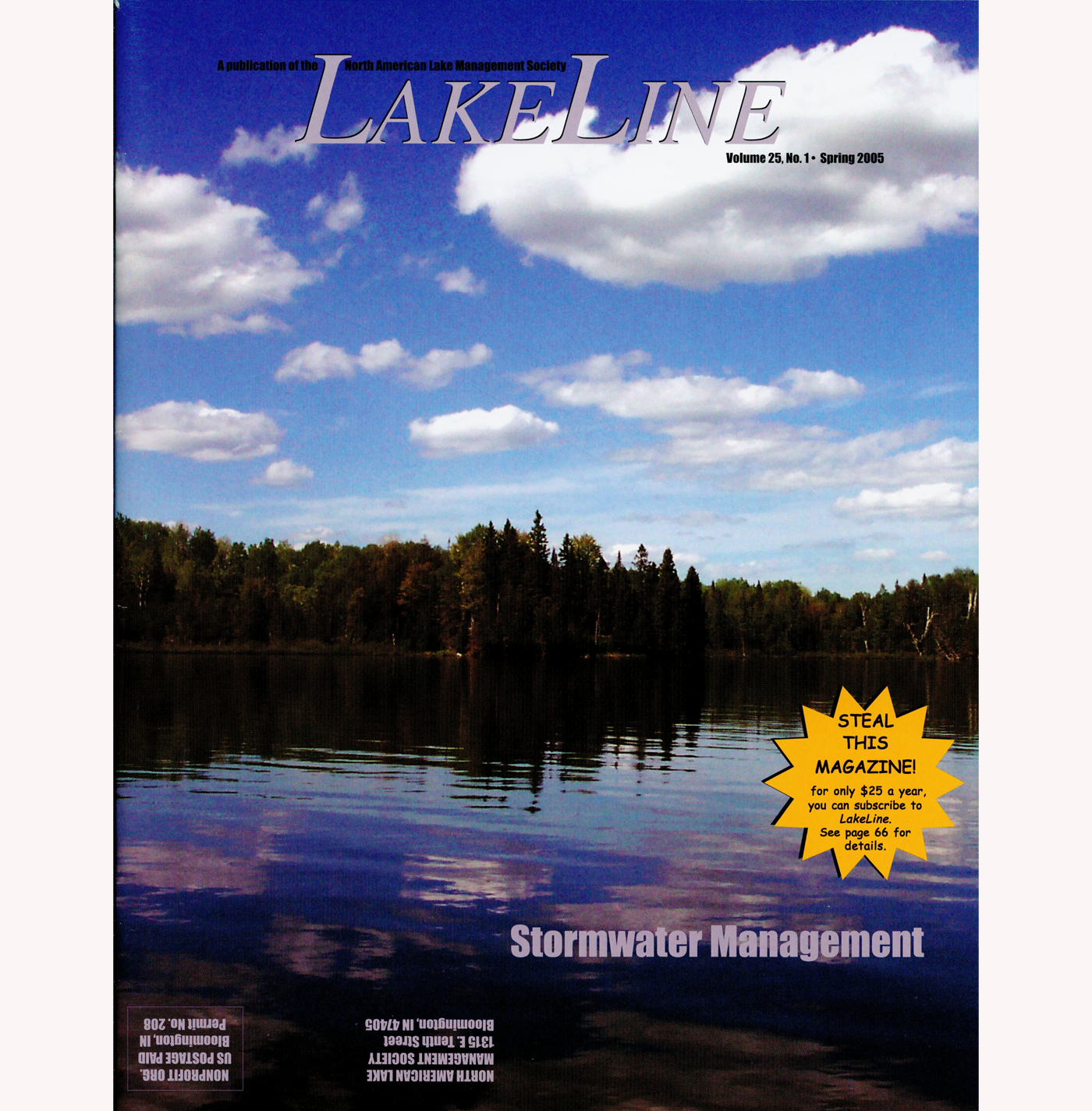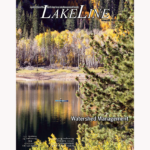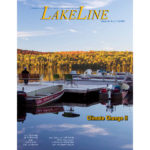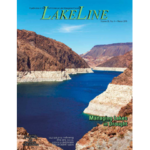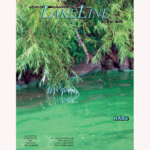Description
When rain falls on the land, there are many pathways that the water may take. Initially, the rain is intercepted by leaves and branches. Once these surfaces are moistened, the rain drips onto the ground surface where shallow depressions hold a little more water. Water that soaks into the ground can recharge soil moisture and infiltrate into deeper aquifers. If the intensity or volume of rainfall is too great and if the soil is already saturated with water, infiltration slows and the excess water becomes surface runoff. Where rain falls on impervious surfaces common in developed areas (streets, parking lots, etc.), there is no possibility of infiltration into the soil and nearly all of the precipitation becomes surface runoff.
The conventional approach for managing precipitation and runoff in urban areas is to collect runoff using curbs, gutters, and storm sewers. While this prevents flooded roads and property, it concentrates the runoff water and any pollutants contained therein within the storm sewer system. The result is a large volume of water channeled directly to streams and other downstream areas. In other words, the runoff problem is passed downstream for others to deal with. Increased storm flows erode streambeds, cause downstream flooding, and deliver contaminants (soil, nutrients, pesticides, etc.) to downstream lakes.
Why is this a problem? What can be done to prevent excess storm runoff in the first place or deal with it once it occurs? In this issue of LakeLine, we look at the many facets of stormwater management.
Log on to view restricted content.

